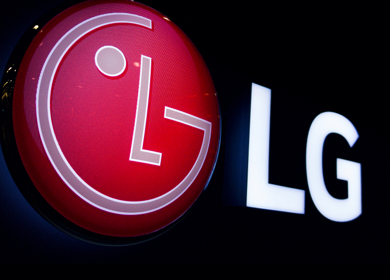AI-driven OOH advertising: the AI bandwagon’s next stop?
Published: July 11, 2023

In this digital age, technological evolution has been constantly happening, and brands are consistently seeking ways to leverage that to capture their consumers’ attention and drive business growth.
One of the recent innovations that has disrupted not only specific sectors but revolutionised entire industries is generative AI. It is rigorously transforming the way brands deliver campaigns and measure the impact of their advertising efforts.
As a way of taking it to the next level, fast-food competitors McDonald's and Burger King have lately come up with ChatGPT-written billboards. It apparently shows how the big heads in the food industry are fiercely leveraging artificial intelligence for out-of-home campaigns.
McDonald's was the first major company to use ChatGPT to create an outdoor advertisement. Before launching the campaign, McDonald's evaluated ChatGPT by asking the popular chatbot some questions. They noticed an array of answers and created queries that placed McDonald's as a genuine and honest brand during the course of the exercise.
A billboard for McDonald's asks ChatGPT,
'Which is the most iconic burger?'
and promoting the solution (the Big Mac) on a billboard.
Burger King answered by erecting its own ChatGPT-written billboard alongside the McDonald's poster that read:
'And which is the biggest?' (The Whopper).
Burger King Brazil saw an opportunity, using the craze and popularity of ChatGPT, to take part in a culturally pertinent and topical conversation for all consumers.
Burger Brazil spokesperson
Ad Age discussed this with nearly ten experts in the out-of-home space, who said that most brands have only begun to explore what AI might throw up in outdoor advertising.
What does it mean for CMOs?
Statistics show the worldwide market for outdoor advertising was estimated at $28.2 billion in 2022 and is expected to grow to $39.2 billion by 2030.
In this fast-paced world, where audiences have a multitude of options and distractions, gaining their attention is not an easy game for businesses. Undeniably, tapping into AI technologies for outdoor advertising can really make the difference and, in fact, can contribute to increasing the investment to be made in this space by ensuring that their messaging is personalised and relevant to their target audience.
Given this, the global fast-food chain giants’ recent move is remarkable and something businesses must not miss embracing. Here are the reasons why we think incorporating AI can have a potential impact on brands’ out-of-home (OOH) campaigns:
- As AI can process real-time data to optimise OOH campaigns, businesses can use this capability to trigger more relatable and impactful ad campaigns for audiences and capture their attention. For instance, if the weather condition is cold, the digital billboard will dynamically change the content and display ads for hot soups, sweaters, etc. This way, it can help businesses hyper-personalise the campaigns and enhance the overall effectiveness of their outdoor advertising efforts.
- By analysing historical campaign data and market trends, AI can provide suggestions on optimal locations, timing, and ad formats to enhance the impact of OOH campaigns. This way, it can help marketing teams find appropriate areas or ad formats or offers that deliver the best return on investment (ROI) and spend advertising budgets more effectively.
- From social media to demographic information to consumer behaviour patterns in a specific location, AI can analyse a wide range of data sources. Correspondingly, it can provide valuable insights for businesses about audiences in a particular geographic area and their behaviours. This information, in turn, enables marketing teams to determine the most appropriate content to display for local audiences, tailor messaging and creatives, and thereby create highly targeted OOH campaigns that work well with specific segments of the population.
Having said that, privacy concerns associated with using AI are also there for businesses to handle, particularly since it is used to accurately monitor people in their daily lives. It is up to brands to figure out how to use it to their advantage while remaining accountable.










Be the first one to comment.